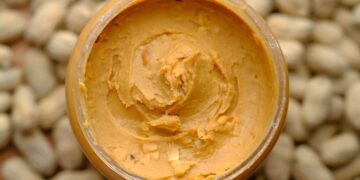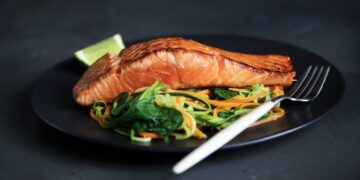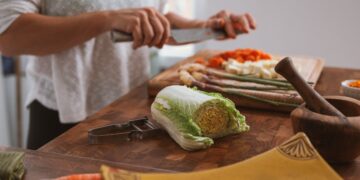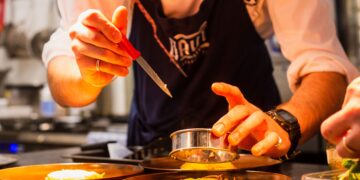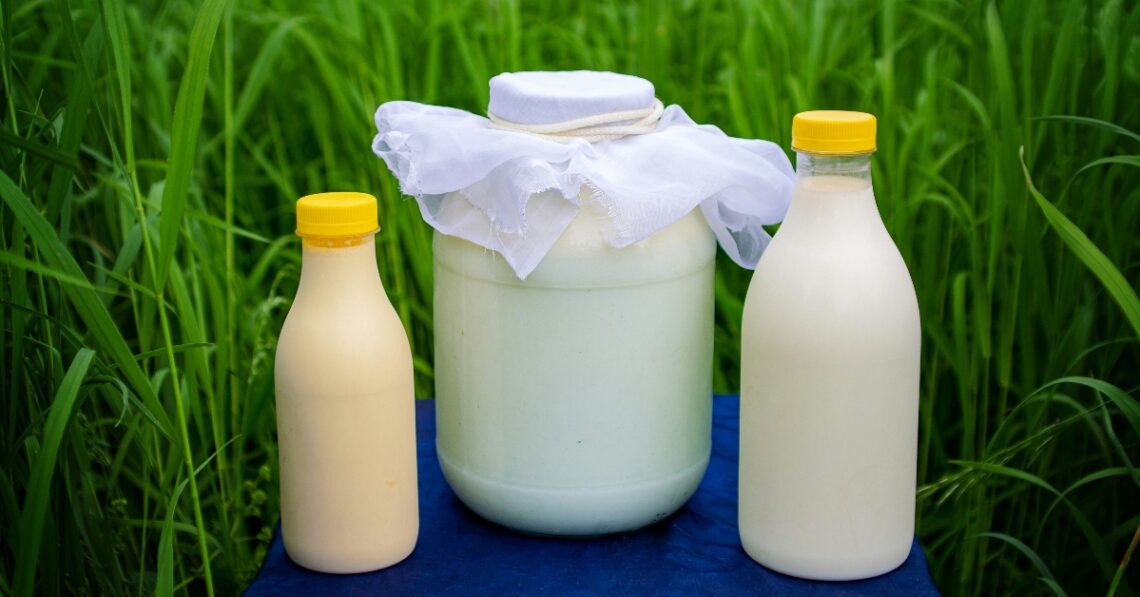There are some food items that many of us tend to avoid when going out to eat. Some people, for example, tend to steer clear of shellfish or seafood at restaurants for fear that it would not be cooked properly.
Recently, a few food safety experts shared on Huffpost the foods they would definitely avoid when eating out, and these are four of the items.
The first thing is steak tartare
The first thing shared by the food experts as an item to avoid is the fancy French dish steak tartare. This dish is made of raw ground steak mixed with capers, shallots, olive oil, mustard, and raw egg.
This dish is a nightmare for experts
Many food safety experts avoid this dish because of its raw components. Ground beef should be cooked to 160 degrees Fahrenheit to be safe for consumption.
Food scientist Bryan Quoc Le said, “Beef is produced in such a way that during the slaughtering process, it’s inevitable that some of the fecal material within the animal’s intestines has touched or spread onto the raw meat.”
Some pathogens may remain in the dish
“Normally, the butchered meat is disinfected with a number of sanitizing compounds,” Le explained regarding ground beef.
“But some pathogenic microorganisms found in the intestines of cattle, such as E. coli subvariant O157:H7, are very resistant to these treatments,” he added.
The restaurant would have to be highly trusted
In order to eat steak tartare safely, the restaurant would have to be highly trusted in its ability to prepare the dish for safe consumption.
According to Le, this is because it only takes a small number of E. coli cells in the meat to cause a foodborne illness.
The second item is raw sprouts
Raw sprouts like alfalfa, clover, mung, and bean sprouts are unfortunately linked with many food poisoning cases.
They are usually used as garnish at restaurants or added in sandwiches and wraps for an extra crunch in the ready-to-buy lunch dishes.
They need to be cooked for safety
Le explained why raw sprouts could be a problem, saying, “Sprouts are grown from non-sterile seeds that carry microbial spores or colonies, which are kept in a moist environment at a temperature of 70 to 85 degrees Fahrenheit.”
“As this is well above refrigeration conditions, these temperatures allow microorganisms to grow fairly rapidly,” he added. Sprouts should be cooked to kill bacteria, just washing them isn’t enough.
The third item is raw shellfish
Raw shellfish, specifically oysters, “tend to be scavengers or bottom feeders and can concentrate a high amount of bacteria, viruses and other contaminants,” according to Le.
Shellfish can also cause vibriosis, an illness from Vibrio bacteria, which lives in coastal water and is most prevalent during the oyster harvesting season.
Raw shellfish needs to remain cold
Once again, you need to order shellfish from a clean restaurant with a good history of food inspections.
Restaurants where oysters are mishandled or in temperatures not low enough can encourage pathogens to grow in the shellfish, leaving you with serious diseases.
The last food item is raw milk
Believe it or not, raw milk is illegal to consume in 23 states, with the federal government prohibiting its distribution across state lines.
However, it’s available in states like South Carolina and California, and unpasteurized milk concerns many food safety experts.
Bacteria is likely present in raw milk
Pasteurization involves heating milk and keeping it at a high temperature to kill pathogens in the liquid.
“Because it has not been pasteurized, bacteria like salmonella, E. coli, Brucella, Campylobacter and listeria have a high likelihood of being present,” Ellen Shumaker, director of outreach and extension for Safe Plates at North Carolina State University, said of unpasteurized milk.



















